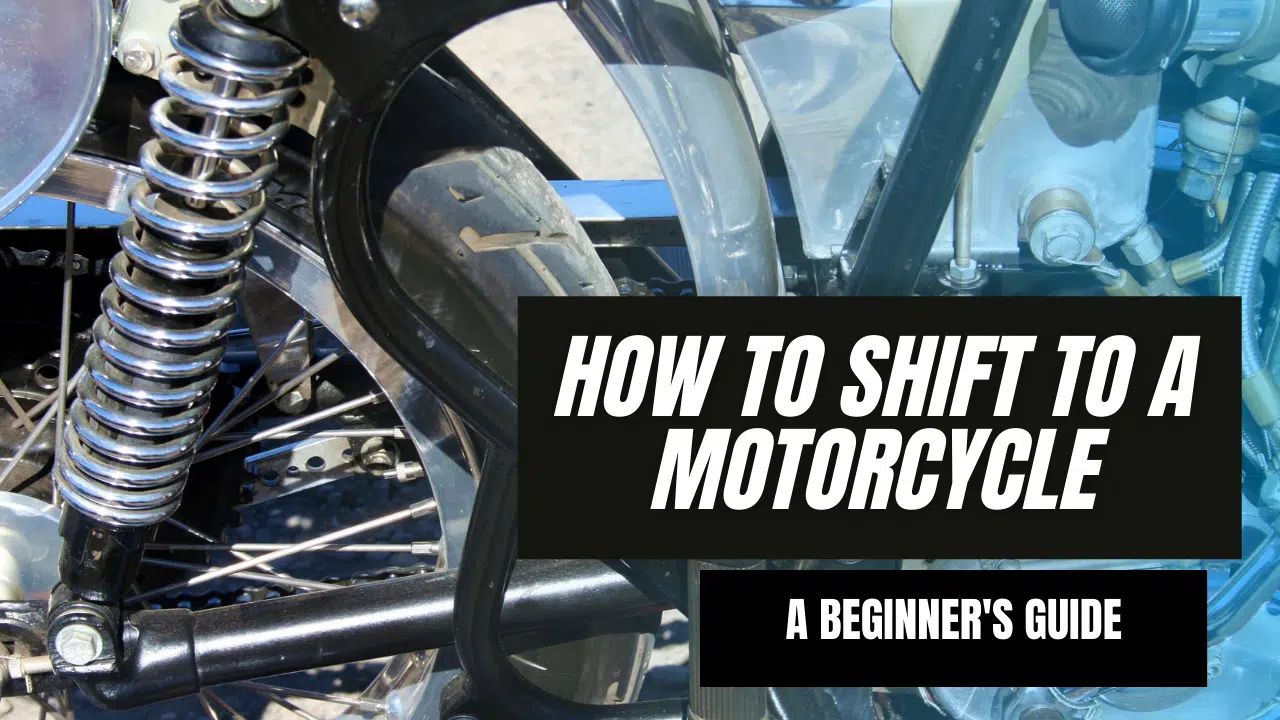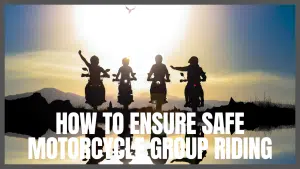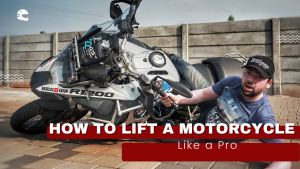Motorcycles are becoming more and more popular every year. Many people are interested in learning to ride but don’t know where to start. In this blog post, We will provide a beginner’s guide to shifting on a Motorcycle. We will list some tips for making the process easier. If you’re thinking about learning to ride a motorcycle or you want to improve your skills, read on!
What to consider before you make the switch?
– Motorcycles can be very dangerous
– Motorcycles have higher insurance premiums than cars. While the premium will depend on your profile, motorcycle insurance costs more. It may not always be worth it if you don’t ride regularly.
– Motorcycles are more expensive to maintain than cars
– Motorcycles can be a lot of fun, but they require some skill and practice to ride safely
– If you’re thinking about making the switch, do your research and make sure it’s the right decision for you. There are many resources available online to help you get started. Motorcycle Safety Foundation offers a good list of safety tips and other helpful information for new riders.
– Motorcycles are not always easy for your body to handle, especially if you’re older or have any physical limitations that might make it difficult to control the bike with ease. If you are worried about these things, consult with a motorcycle instructor to see if you would be a good candidate for the riding.
– Motorcycles are a great way to get around, but they require some practice and skill to ride safely. If you’re thinking of making the switch, do your research first and make sure it’s the right decision for you!
Is motorcycle shifting hard?
Motorcycle shifting can be hard for beginners. It’s important to know when and how to shift gears on your bike. You’ll need to practice and get comfortable with it before hitting the open road. Here are a few tips on how to shift in a motorcycle:
1. Get to know your bike. Please familiarize yourself with the location of the gears and how they work. It’s also important to know your bike’s weight and power.
2. Practice in an open area. Find a space where you can safely practice shifting gears. It will help you get comfortable with the process.
3. Gears up for take-off. When you’re ready to take off, shift into first gear. Make sure to use the clutch and give it some gas.
4. Shift gears gradually. As you approach higher loads, shift progressively to avoid any unnecessary stress on the bike.
5. Use the brake. When you’re done shifting, use the brake to stabilize the bike.
Motorcycle shifting can be tricky, but with a little practice, you’ll be able to do it like a pro. Follow these tips and you’ll be cruising down the road in no time!
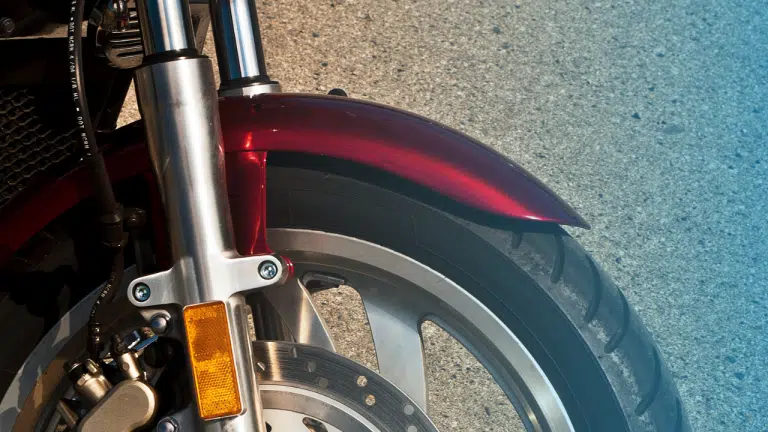
How to Shift into a Motorcycle
Let’s talk about how to shift to one. It’s not as difficult as you may think! The first thing you need to do is make sure you have the right gear. You’ll want a helmet, long pants that cover your knees, and closed-toe shoes.
Motorcycles are not built to be safe compared to cars, so it’s essential to make sure you’re wearing the right gear before starting your bike!
The second thing you need is a motorcycle license. Specific requirements need to be met to obtain a permit. These include:
– Motorcycle safety course completion
– Motorcycle endorsement (this shows that you passed the written test and road skills)
– Motorcycle driver’s license application with your name and address, signature, thumbprint, and photo
– Motorcyclists must be at least 16 years of age and have a valid driver’s license. Motorcyclists must also complete an approved Motorcycle Safety Foundation (MSF) course before applying for the Motorcycle Endorsement
– Motorcyclists are required to take both a written test and road skills test that include maneuvers such as turns, stopping distances from various speeds, and avoiding obstacles.
If you have all of the above taken care of, then you’re ready to start your motorcycle! The first thing you’ll want to do is find a spot that’s big enough for you to practice. You don’t want to be on the road when you’re still trying to figure out how to shift gears! Once you’re in a safe spot, start your bike and get comfortable with the feel of it.

How to prepare for your first motorcycle ride?
Motorcycling is a passion that many people share. Motorcycle riding provides a sense of freedom and adventure.
Motorcycles can also be less expensive to buy, maintain, and operate than cars are. And motorcycles have the added benefit of saving you time because they’re more maneuverable during rush hour traffic jams.
Motorcyclists should take certain precautions before heading out on the road, however. Motorcycles are much smaller than cars and SUVs, so it was hard for other drivers to see.
Motorcyclists can be seriously injured or even killed in collisions when cars and trucks don’t notice them until it’s too late.
Motorcyclists should take a class to learn how to ride safely.
Motorcycle riding is not the same as driving a car, so riders who don’t know safety techniques could be putting themselves and others at risk if they don’t know what they’re doing.
Motorcyclists should buy insurance before heading out on the road. Car drivers must have auto liability insurance to cover bodily injury and property damage.
Motorcyclists must have auto liability insurance that covers bodily injury and property damage, too.
Motorcyclists should use common sense when riding. Motorcycle riders should always obey the speed limit, signal their turns, and check their mirrors before changing lanes. Riders should also be aware of their surroundings and watch out for reckless drivers who might not see them on the road.
What to wear when riding a motorcycle?
Motorcycles riders should always wear helmets, good-quality leather or weatherproof jackets, pants, and boots when they’re riding to protect their bodies from severe injuries in case of an accident. All states have laws about wearing helmets.
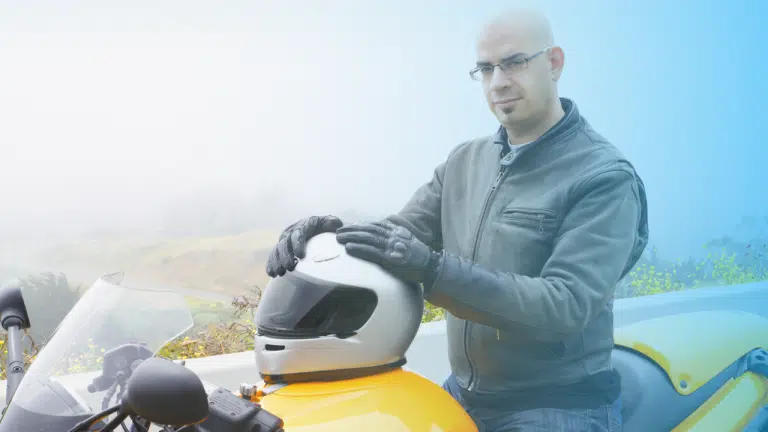
Safety tips for Motorcycle riders
Motorcycles are fun to ride. You can roam the roads on them, but remember that they do not offer as much protection. Motorcycle riders need to take extra precautions for their safety. Here are some tips for motorcycle riders:
– Wear appropriate gear – Motorcycle helmets have saved thousands of lives worldwide. It is always essential to wear. You should also wear a jacket, pants, and closed-toe shoes.
– Ride defensively – Motorcycles are smaller than cars and easily hidden in blind spots. Always use your turn signals, ride in the lane that offers the most visibility, and keep safe from other vehicles.
– Be aware of your surroundings – Motorcycles are quiet and can quickly go unnoticed. Be mindful of the cars around you, especially when making left turns.
– Follow the road rules – Motorcyclists have to follow the same traffic laws as car drivers. It includes stopping at red lights and stops signs, turning signals, and riding in the appropriate lane.
Motorcycle riders have to be extra vigilant when riding on the roads. By following these tips, you can help ensure your safety while enjoying the open road on your motorcycle. Have fun and stay safe!
Motorcycles are a great way to get around, but they can also be dangerous if you don’t know how to ride them properly. Here are some tips for avoiding accidents while riding a motorcycle:
– Always wear a helmet. A good helmet can save your life in the event of an accident.
– Make sure your bike is in good working order before you go out riding.
– Don’t drink and drive! Motorcycle fatalities are one of the leading causes of death among young people today, so don’t add to this statistic by being irresponsible behind the wheel.
Conclusion:
The more you ride, the better your chances of staying safe on a motorcycle. But first times are never easy! Follow these few tips to make it as painless as possible. Remember that time will help ease the way. And don’t forget about all those other factors like safety gear, bike maintenance, and riding education courses that can also contribute to your enjoyment once you’ve mastered this exciting sport.


